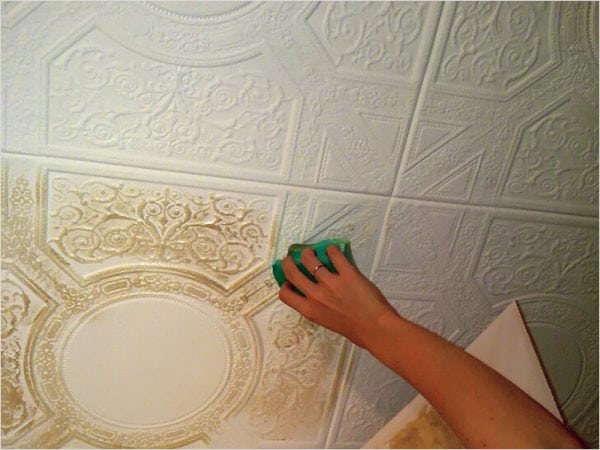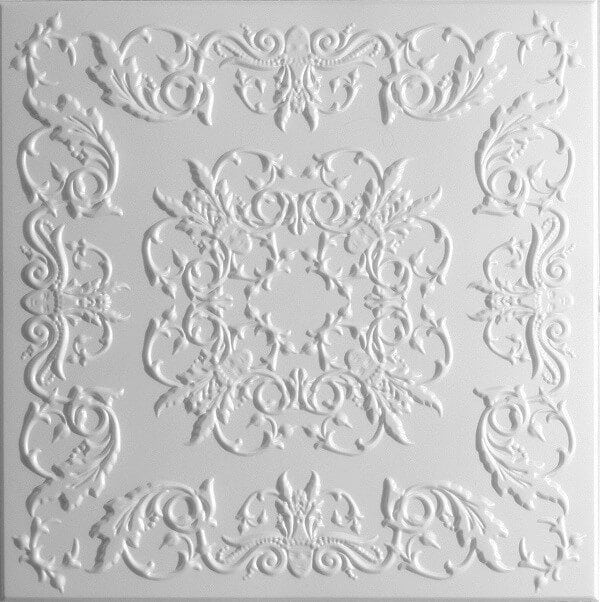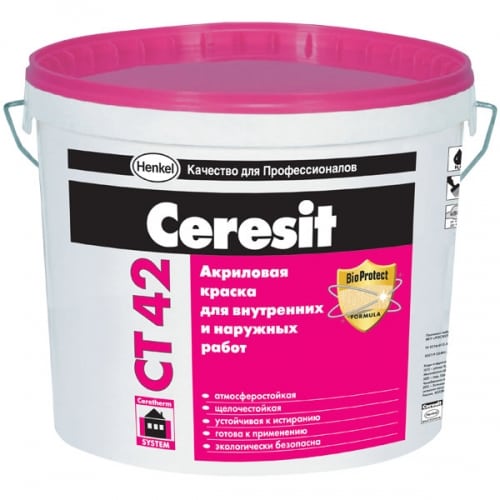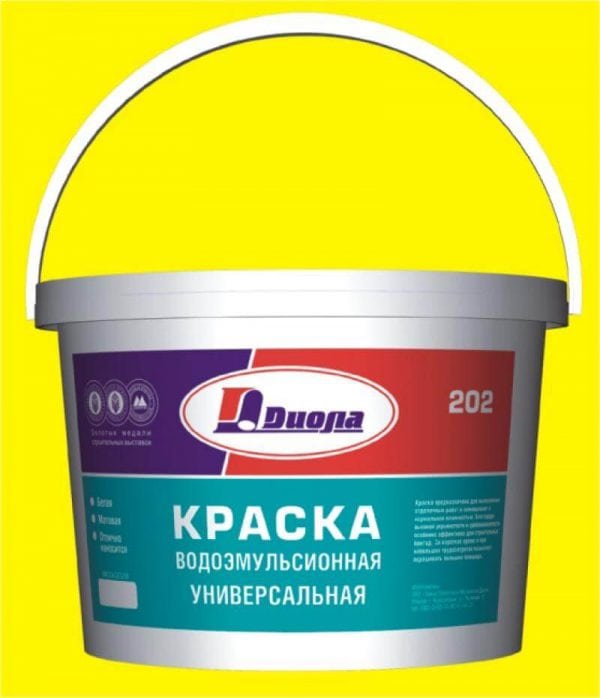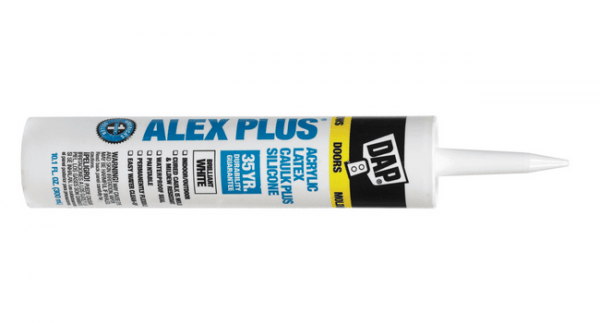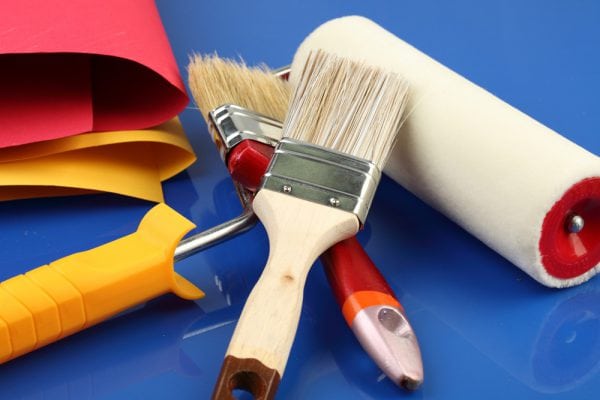Among the decoration materials for the ceiling, ceiling tiles are popular. It is distinguished by practicality and excellent performance. However, despite this, the need for updating over time still arises. Painting ceiling tiles is an effective way to restore its appearance.
- Why choose tile for the ceiling
- Types of finishing material
- Choose a material for coloring
- Acrylic paint
- Water-based paint
- Cooking surface
- Tools and painting procedure
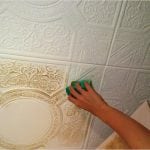
Why choose tile for the ceiling
This finishing material has a number of features and advantages:
- resistance to moisture and temperature extremes;
- practicality, easy to clean.
Materials for the production of ceiling tiles are very diverse:
- tree;
- polystyrene foam;
- metal.
Wood and metal are most often used to decorate a room. If we talk about plates for leveling surfaces, insulation and sound insulation, then the best choice would be polystyrene foam (polystyrene). Its cost is low, and a variety of patterns and color schemes allows you to simulate almost any material.
to contents ↑
Types of finishing material
The ceiling coating made of foam, according to the manufacturing principle is divided into three types:
- Stamped (pressed). It is obtained by pressing polystyrene sheets. The tile has a thickness of 6 to 8 cm. Low cost, but high quality make it very popular.
- Injection. Polystyrene is also a raw material. A sintering method is used. As a result, tiles with a thickness of 9-14 mm are produced.
- Extruded. Obtained by pressing foam. Thanks to its perfectly flat surface, such tiles can be easily painted.
- No less diverse is the surface of the tile. There are two types of it:
- Matte - easily accepts paint, devoid of gloss.
- Glossy - imitates the texture of plastic. It is covered with a protective film, so painting tiles with such a surface is impossible.
Choose a material for coloring
The modern market for paints and varnishes is diverse. For painting ceiling tiles made of foam it is better to choose two options for paints:
- acrylic;
- water emulsion.
Enamel and oil paint as a material for coloring are not used today because of the confirmed danger to human health.
The general requirement for any of the two recommended options is the moisture resistance factor: the painted surface can be washed and cleaned.
to contents ↑Acrylic paint
Material is becoming more common. Good technical characteristics and operational properties contribute to this. Features of acrylic paint are:
- a wide variety of colors;
- the dried surface is resistant to moisture, temperature changes and other negative influences;
- safety for human health;
- high vapor permeability;
- the surface does not absorb dirt and is easy to clean.
A relative disadvantage of the material is the abrasion of the coating over time. The resulting appearance violation is easily corrected by repeated staining.
to contents ↑Water-based paint
This type of paint material has been painted for a long time and many. They can cover almost any surface. The main characteristics of water-based paint:
- environmentally friendly composition;
- variety of colors;
- low cost;
- resistance to fungi;
- high vapor permeability.
to contents ↑When working with a water-based emulsion paintwork material, it should be borne in mind that it is much more difficult to apply it than acrylic paint. Before application, the surface should be carefully prepared, since visible spots will not be hidden.
Cooking surface
Preparatory work can be divided into two groups:
- for a new tile;
- for coverage “with experience”.
In the first case, all the preparation comes down to a smoothing of the joints between the tiles with an acrylic-based sealant or putty. The joints between the wall and the finishing material also cannot be ignored. Ignoring this rule will lead to the fact that after staining, the flaws that were allowed when gluing the tiles will become noticeable.
If the task is to update the ceiling, for example, in the kitchen, its surface is cleaned of accumulated dirt, grease and soot. In some cases, contaminants are very strongly absorbed into the foam. The problem can be solved by using a water-based primer. The material creates a film that does not allow contamination to appear through the paint.
to contents ↑Tools and painting procedure
Painting ceiling tiles is impossible without painting tools. The minimum set is as follows:
- Brushes (thin and wide). They are best used when the surface of the tile has relief images.
- The roller is the best choice for smooth surfaces.
An atomizer can also be purchased, but this is not necessary.
The rollers used for applying paint are divided into the following types:
- foam - impractical due to the inability to equally distribute the paint;
- synthetic - poorly absorb paint, leave marks on the surface;
- fur - well absorb paintwork material.
Given all the pros and cons, when choosing a roller for staining, preference should be given to natural models.
Brushes help cover hard to reach and small parts (such as corners). These tools are also divided into types:
- synthetic;
- natural.
The first models are not very expensive. But the price for this will be low quality staining.
It is important to remember that if there are stubborn stains, they should be painted separately and only then paint the entire surface of the ceiling. Such actions will allow you to visually align it and hide existing pollution. To get a saturated color and uniform texture of the tile, the paint should be applied in three layers.

